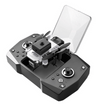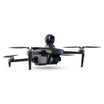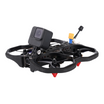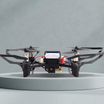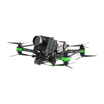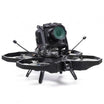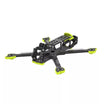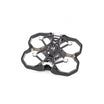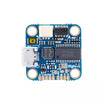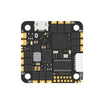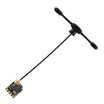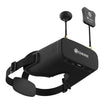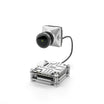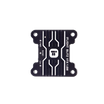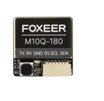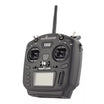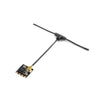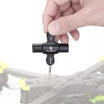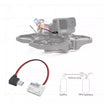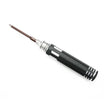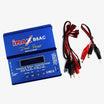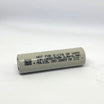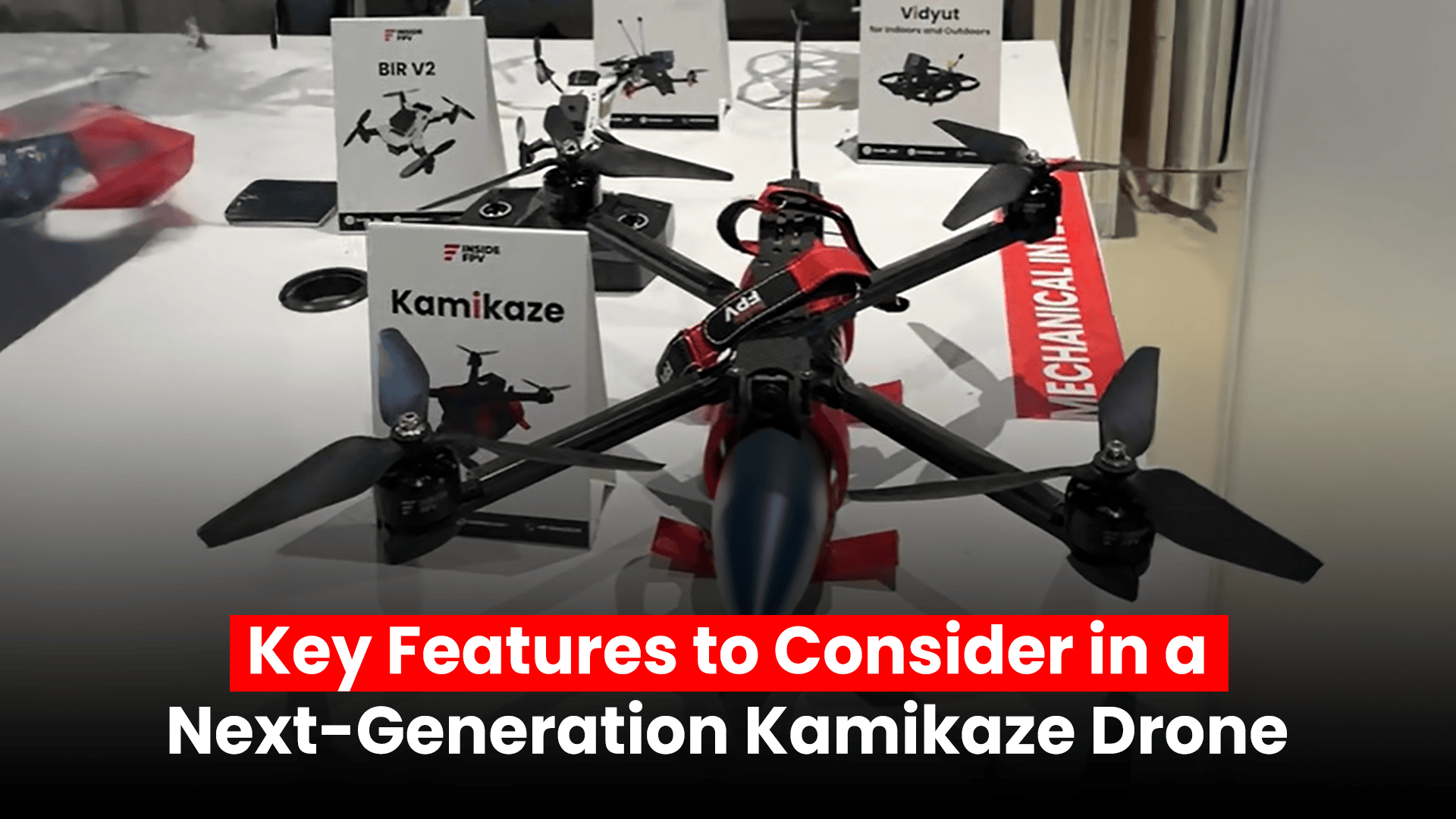Kamikaze drone powered by GPS, AI and vision systems in flight mode
The battlefield of 2025 looks nothing like it did a decade ago. In this new era of warfare, kamikaze drones also known as loitering munitions are rewriting the rules of engagement.
Unlike traditional missiles or surveillance drones, kamikaze drones are designed to hover over a target zone, identify high-value threats using AI and vision systems, and then dive in for a precision strike.
This isn't science fiction. It's the current state of military technology. And behind the precision and autonomy of these drones lie three critical technologies: GPS, Artificial Intelligence (AI), and Vision Systems.
In this blog, we’ll explore how these technologies empower kamikaze drones, what it means for modern warfare, and how countries like India are stepping into this space with indigenous solutions.
What Is The Role of GPS, Artificial Intelligence, and Vision Systems in Kamikaze Drones?
Let’s discover how GPS, AI, and vision technologies drive the intelligence and impact of modern kamikaze drones on the battlefield.
The Role of GPS
At the heart of every autonomous system is navigation and that's where GPS (Global Positioning System) comes in.
Kamikaze drones rely on satellite navigation to:
-
Identify predefined targets
-
Navigate across long distances
-
Hover or loiter in a specific area until a target is found
GPS ensures these drones can reach their destination without human intervention. It also enables geofencing, a feature that keeps drones confined to a specific area or mission zone.
In combat situations, this is invaluable. Just think that a drone launched hundreds of kilometers away, flying low to avoid radar detection, and arriving at a precise coordinate to eliminate a high-value target. That’s GPS at work.
However, many kamikaze drone countries, including India, Israel, and the U.S., are also developing backup systems that can function without GPS, in case of jamming or spoofing attempts by adversaries. These include inertial navigation systems and visual landmark recognition, which we’ll touch on next.
Also read: How does a Kamikaze drone work?
The Role of AI
If GPS is the guide, AI is the brain of the kamikaze drone.
Artificial Intelligence enables a kamikaze drone to analyze its environment in real time, identify targets, and even distinguish between friend and foe. This decision-making process is what makes modern loitering munitions so effective.
Here’s how AI contributes:
-
Target Recognition: AI algorithms process images from onboard cameras to detect tanks, artillery, radar systems, or moving personnel.
-
Loitering Logic: The drone can hover over a battlefield and decide when the best opportunity arises to strike.
-
Dynamic Threat Analysis: AI helps adjust the drone’s flight path based on enemy movement, weather conditions, or new intelligence.
-
Minimal Human Intervention: Once launched, the drone can operate with little to no remote control, reducing the cognitive load on soldiers.
This is especially useful in urban warfare or anti-terror operations, where decisions must be made in seconds. AI allows drones to act autonomously without waiting for human commands, increasing both speed and efficiency.
The Role of Vision Systems
To make intelligent decisions, a kamikaze drone needs to see clearly and that’s where vision systems come into play.
Vision systems on kamikaze drones typically include:
- HD Electro-Optical Cameras
- Infrared Sensors
- Thermal Imaging
- Laser Rangefinders
These systems provide the drone with a 360-degree understanding of the battlefield, even in poor weather or low visibility conditions.
They’re essential for identifying moving targets, recognizing human figures, and locking onto heat signatures like engines or weapons systems.
In many models, these vision systems are fused with AI software to enable real-time image processing. The drone can recognize a tank from a truck or a fighter from a civilian within milliseconds.
Also read: Best defence drones in India
How Much Do Kamikaze Drones Cost?
There’s a wide range when it comes to kamikaze drone price.
-
Low-cost tactical drones (like Switchblade-300): ~$6,000–$10,000
-
High-end drones with longer range and advanced AI: $50,000–$120,000
-
Indian kamikaze drone price: As low as ₹10–20 lakh (USD $12,000–$25,000)
The affordability of domestic drones enables India to scale deployment across high-conflict zones, giving it a tactical edge without blowing up defense budgets.
As the world witnesses a paradigm shift in warfare, kamikaze drones are more of strategic assets.
Their effectiveness lies not just in their explosive payload but in the technology that powers them: GPS for navigation, AI for decision-making, and vision systems for battlefield awareness.
Frequently Asked Questions
How are kamikaze drones different from regular drones or missiles?
They’re like flying bombs with a brain. Unlike regular drones, kamikaze drones find a target, lock on, and crash into it. There is no return trip.
What does AI do in a kamikaze drone?
AI helps the drone spot targets, make decisions fast, and strike at the right moment all on its own.
Are Indian kamikaze drones any good?
Yes, India is building smart and affordable kamikaze drones that can compete with global tech.
Can these drones still work if GPS is jammed?
Many modern drones can switch to backup systems like visual mapping or internal sensors if GPS fails.
How much does a kamikaze drone cost in 2025?
Prices vary—a basic one costs around ₹5–8 lakh, while advanced models go up to ₹80 lakh. Indian drones usually range between ₹10–20 lakh.
Read More About Kamikaze:
- How kamikaze drone works
- What are Suicide drones?
- Kamikaze drone: Whole Destruction Drone
- How Kamikaze Drones Are Redefining Modern Warfare
- Can Kamikaze drones replace human Pilots?
- Rise of the Kamikaze Drone In Recent Times
- Indian Army High-Speed Attack Drone
- Kamikaze Drones in Kashmir: A Shift in Counterterrorism Tactics?
- The Impact of India's Kamikaze Drones on Contemporary Military Strategy
- Kamikaze vs Traditional Combat Drone
- Kamikaze Drone Key Features

